Badrinath Temple, also called Badrinarayan Mandir, is one of the most sacred shrines dedicated to Lord Vishnu and holds a special place in the hearts of millions of devotees. Located in the Chamoli district of Uttarakhand, it is a key part of the Char Dham Yatra and the Chota Char Dham Yatra. The temple is situated at a high altitude of about 3,133 meters, surrounded by snow-capped peaks, with the holy Alaknanda River flowing beside it.
Every year, devotees from across India and the world travel to Badrinath to experience its spiritual aura, witness its traditional rituals, and take part in its grand festivals. This guide will take you through the darshan timings, daily rituals, and festivals that make Badrinath Temple an unforgettable spiritual destination.
Badrinath Temple – Historical and Spiritual Importance
Although the Badrinath Temple has ancient roots, Adi Shankaracharya is credited with establishing it in the eighth century AD and giving it its current form. According to Hindu mythology, Goddess Lakshmi transformed into a Badri tree to shield Lord Vishnu from the cold when he meditated here. The temple is called “Badrinath” for this reason. Badrinath Temple is regarded as one of the 108 Divya Desams, or Lord Vishnu’s hallowed shrines. It is said that going to this temple will purge the soul of sins and result in Moksha, or freedom from the cycle of birth and death.
Badrinath Temple Darshan Timings
- The temple is open only for six months in a year, usually from late April or early May until the end of October or early November. During the winter season, the region is covered in heavy snow, making it inaccessible.
- The morning darshan generally starts early at around 4:30 AM and continues until 1:00 PM. After this, the temple closes for a few hours in the afternoon. The evening darshan begins at around 4:00 PM and continues until 9:00 PM.
- In the summer months, the schedule remains as mentioned, but during autumn, the timings are adjusted slightly. The morning darshan may close around 12:30 PM, and the evening darshan may start earlier, around 3:00 PM, due to shorter daylight hours.
It is important for devotees to check the official announcements each year for the exact darshan timings, as these can vary depending on the weather and special occasions.
Daily Schedule and Pujas
The day at Badrinath Temple begins before sunrise with the chanting of Vedic hymns. The first major ritual of the day is the Abhishek Puja, in which the idol of Lord Badrinarayan is bathed with sacred items such as milk, curd, honey, ghee, and pure water from the Alaknanda River. Tulsi leaves and sandalwood paste are also offered during this ritual.
Following this, there is the Maha Abhishek Puja, which is a more elaborate form of worship performed with great devotion. Another important morning ritual is the Geeta Path, where verses from the Bhagavad Gita are recited to honor Lord Vishnu.
As the morning progresses, the deity is adorned with fresh clothes, ornaments, and a crown. This process is known as Shringar Darshan, during which devotees get the opportunity to see the beautifully decorated form of the Lord.
Around midday, the Rajbhog Aarti takes place, where offerings of sattvik food, including rice, dal, vegetables, and sweets, are made to the deity. After this, the temple remains closed for a short period in the afternoon.In the evening, the darshan resumes, and the day ends with the Shayan Aarti, a ceremony where lamps are lit, devotional songs are sung, and the deity is symbolically put to rest for the night.
Special Rituals at Badrinath Temple
In addition to the daily schedule, special rituals such as Vishnusahasranama Path—the chanting of the thousand names of Lord Vishnu—are performed. Devotees can also participate in Tulsi Archana, offering Tulsi leaves as a mark of devotion.
Another sacred practice is bathing in the Narad Kund, a hot water spring near the temple, believed to purify body and soul before darshan.
Major Festivals of Badrinath Temple
Badrinath Temple is alive with festivities throughout its open season.
Badri-Kedar Festival
This eight-day festival, celebrated in June, honors both Badrinath and Kedarnath shrines. It features devotional songs, folk dances, and cultural programs that attract pilgrims from all over the country.
Mata Murti Ka Mela
Celebrated in September, this festival honors Mata Murti, the mother of Lord Narayana. According to legend, she brought Lord Vishnu to earth for the salvation of mankind. The occasion is marked by grand processions and prayers.
Opening Ceremony (Kapat Opening)
Held in April or May, this marks the start of the pilgrimage season. Priests perform elaborate rituals and chant mantras to welcome devotees for the first darshan of the year.
Closing Ceremony (Kapat Bandhan)
In October or November, before heavy snowfall, the temple is closed for winter. The idol of Lord Badrinarayan is moved to the Nar Singh Temple in Joshimath, where worship continues until the reopening in spring.
Best Time to Visit Badrinath Temple
The ideal time to visit is from May to June when the weather is pleasant and the scenery is lush. Another great period is from September to October, when the skies are clear and festivals are in full swing.
July and August are generally avoided due to heavy rainfall, which can cause landslides and make travel risky.
Tips for Devotees Visiting Badrinath
- Check the official opening and closing dates before planning your trip.
- Book accommodation early, especially in peak season.
- Carry warm clothing, as temperatures can drop suddenly.
- Get used to the high elevation in order to prevent mountain sickness.
- Follow temple dress codes and avoid photography inside the sanctum.
How to Reach Badrinath Temple
The nearest airport is Jolly Grant Airport in Dehradun, about 311 kilometers away. The closest railway station is Rishikesh, approximately 295 kilometers from the temple.
From Rishikesh or Haridwar, one can hire taxis or take buses to Badrinath. The journey by road passes through scenic Himalayan landscapes, making it a memorable part of the pilgrimage.
Conclusion
Badrinath Temple is a sacred jewel in the Himalayas, where spirituality and nature exist in perfect harmony. Its darshan timings ensure a disciplined and serene worship environment, its daily rituals keep alive ancient traditions, and its festivals bring unmatched joy and devotion.A journey here is not just a visit—it is an experience that stays in the heart forever. By aligning your trip with the darshan schedule, participating in the rituals, and attending the festivals, you can fully immerse yourself in the divine aura of Lord Badrinarayan’s Himalayan abode.

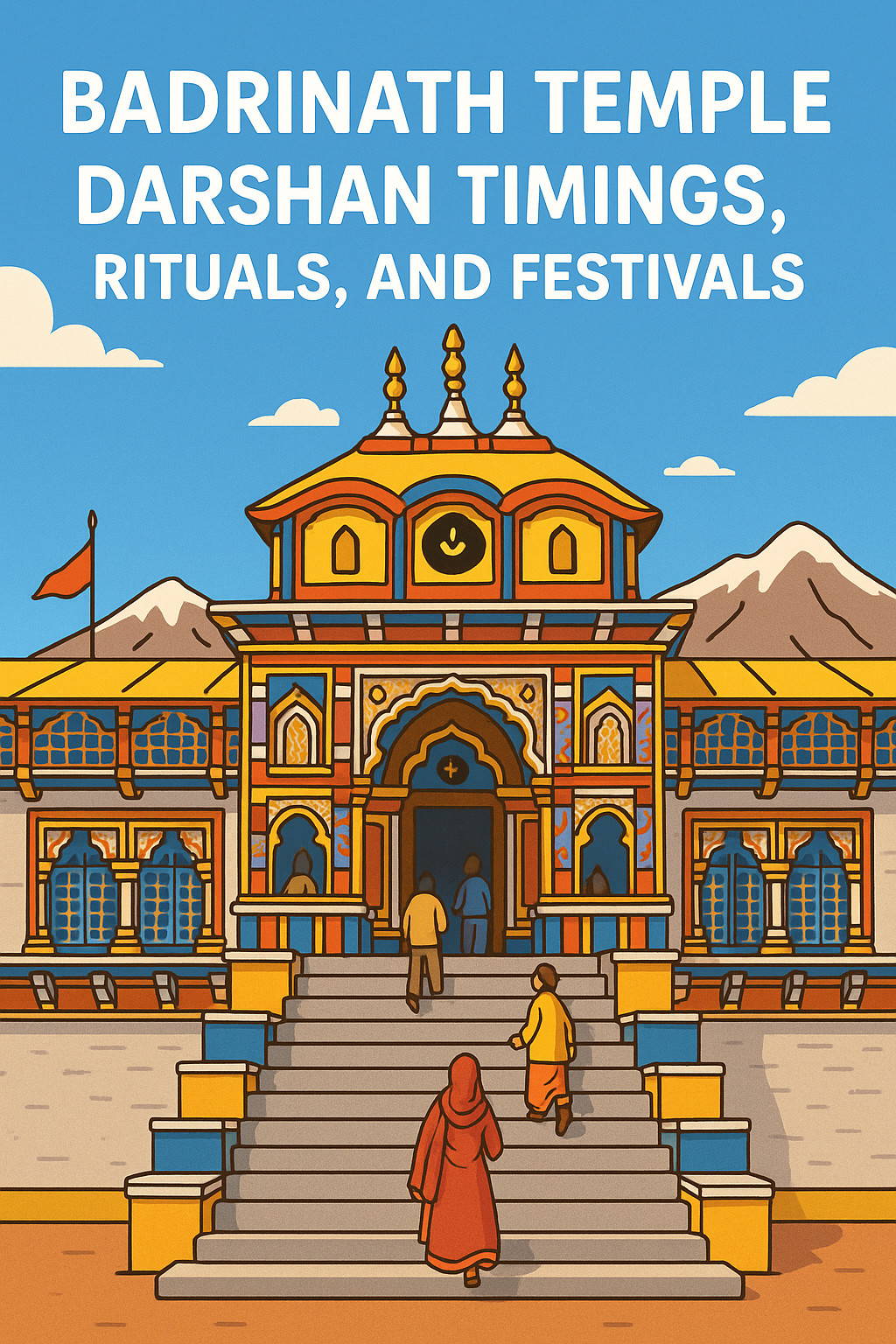
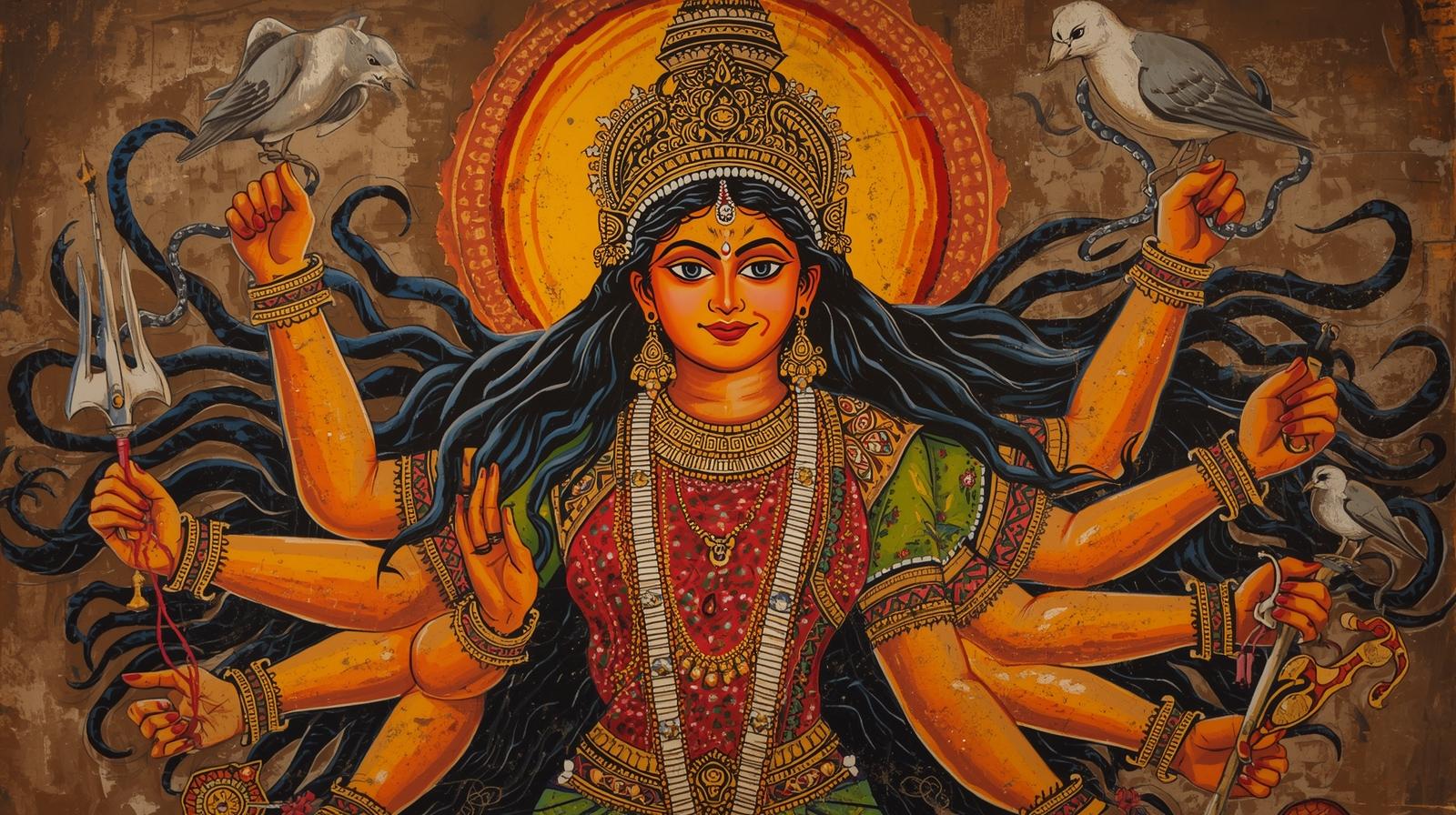

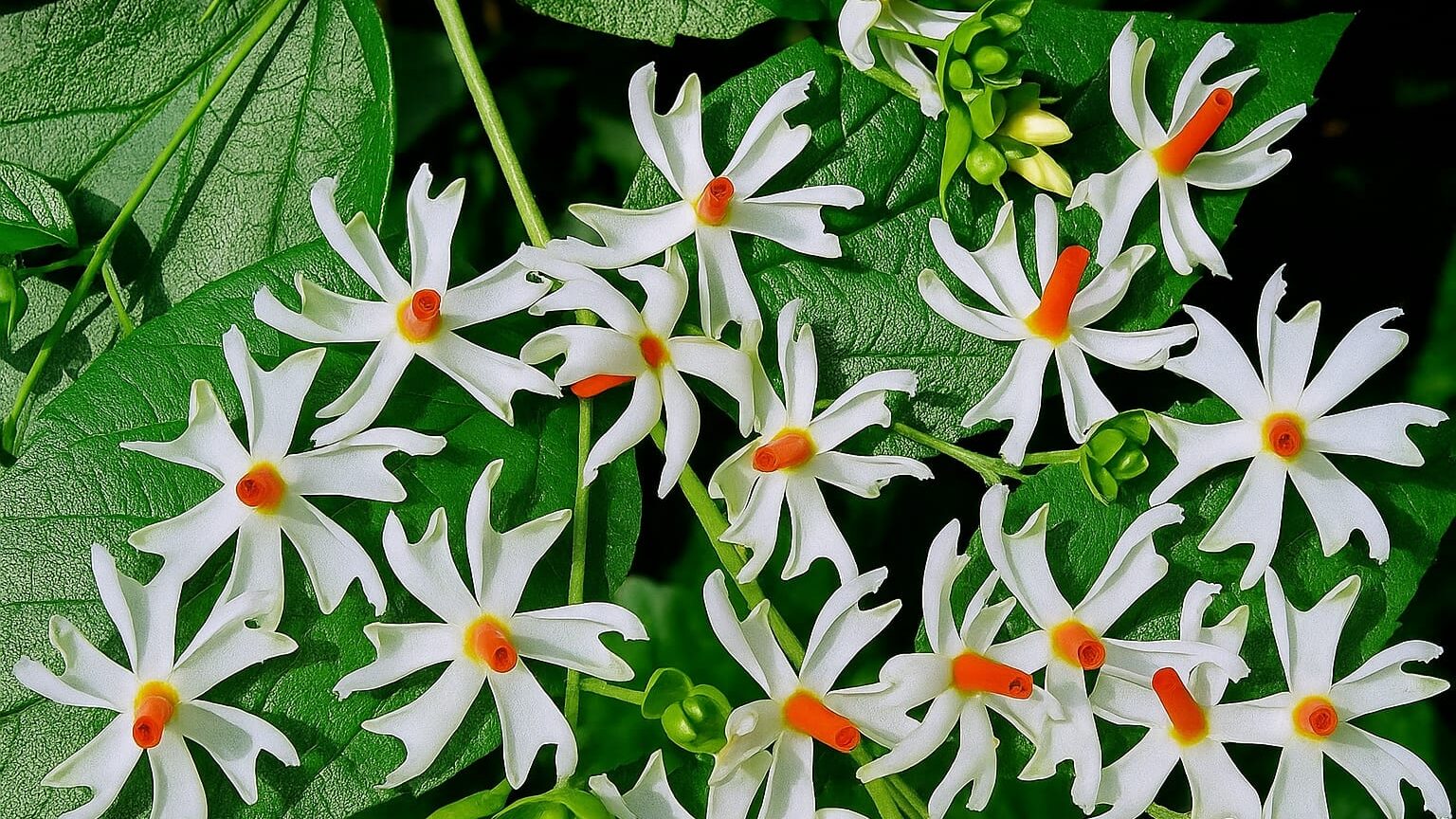
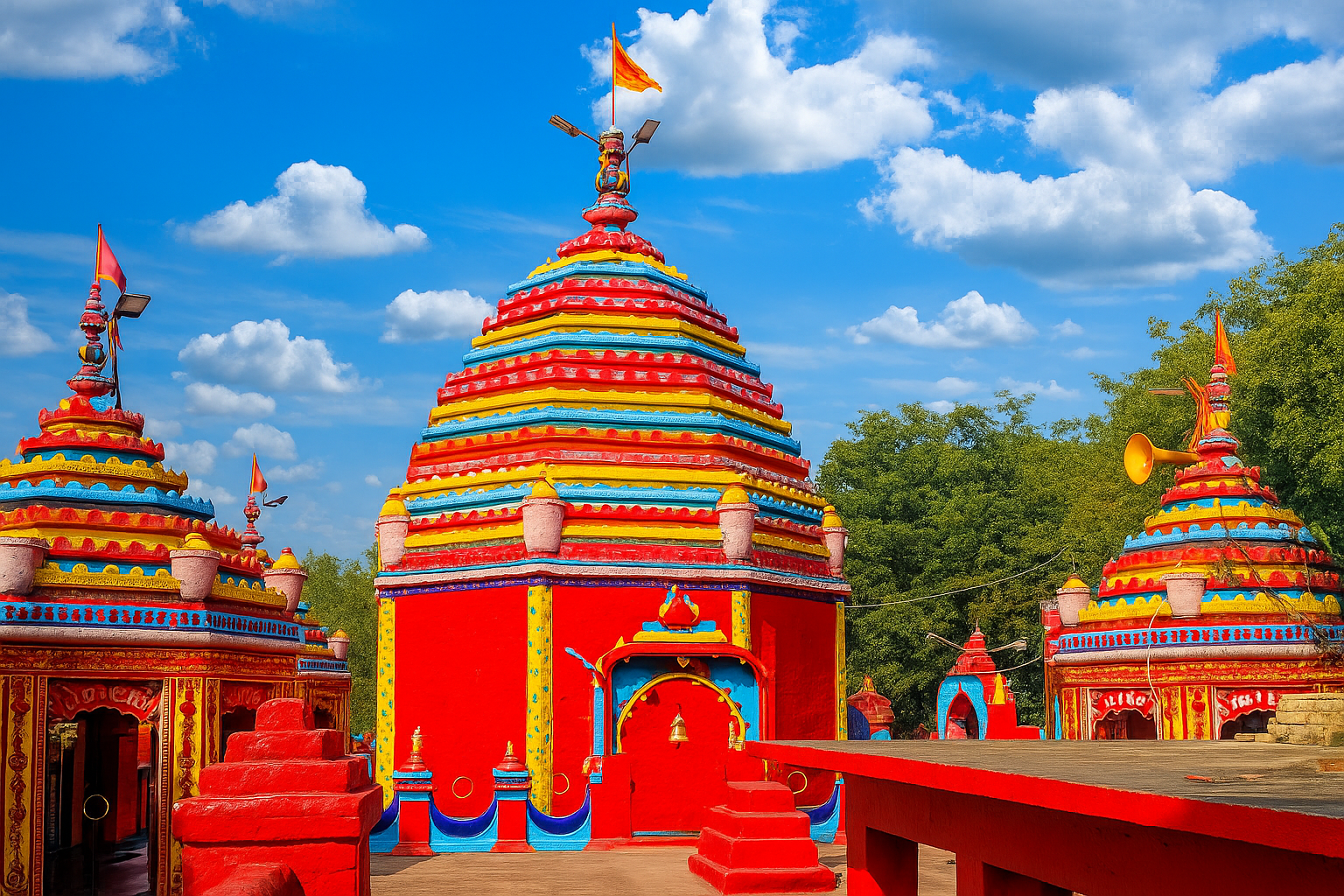
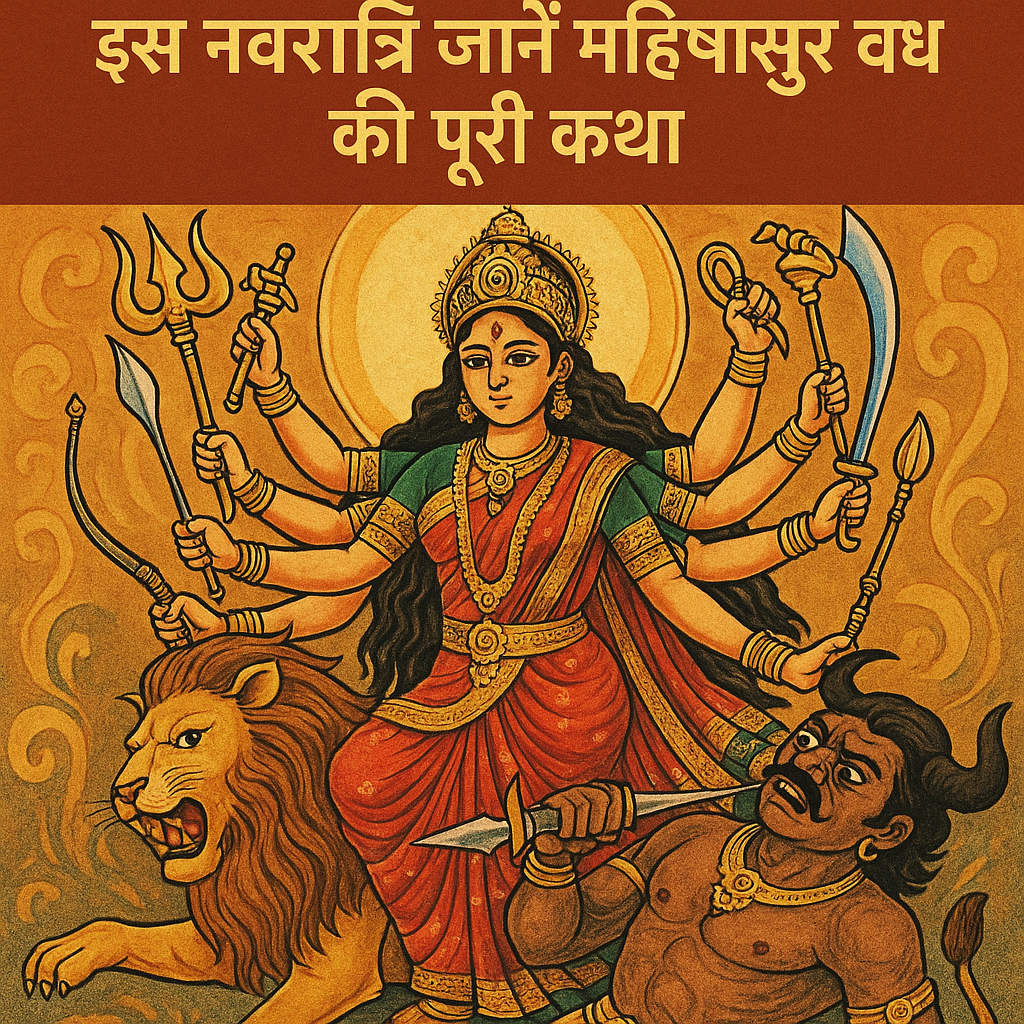
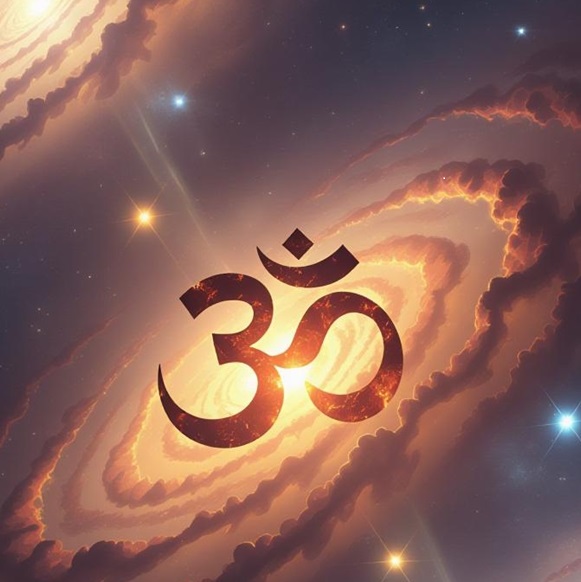
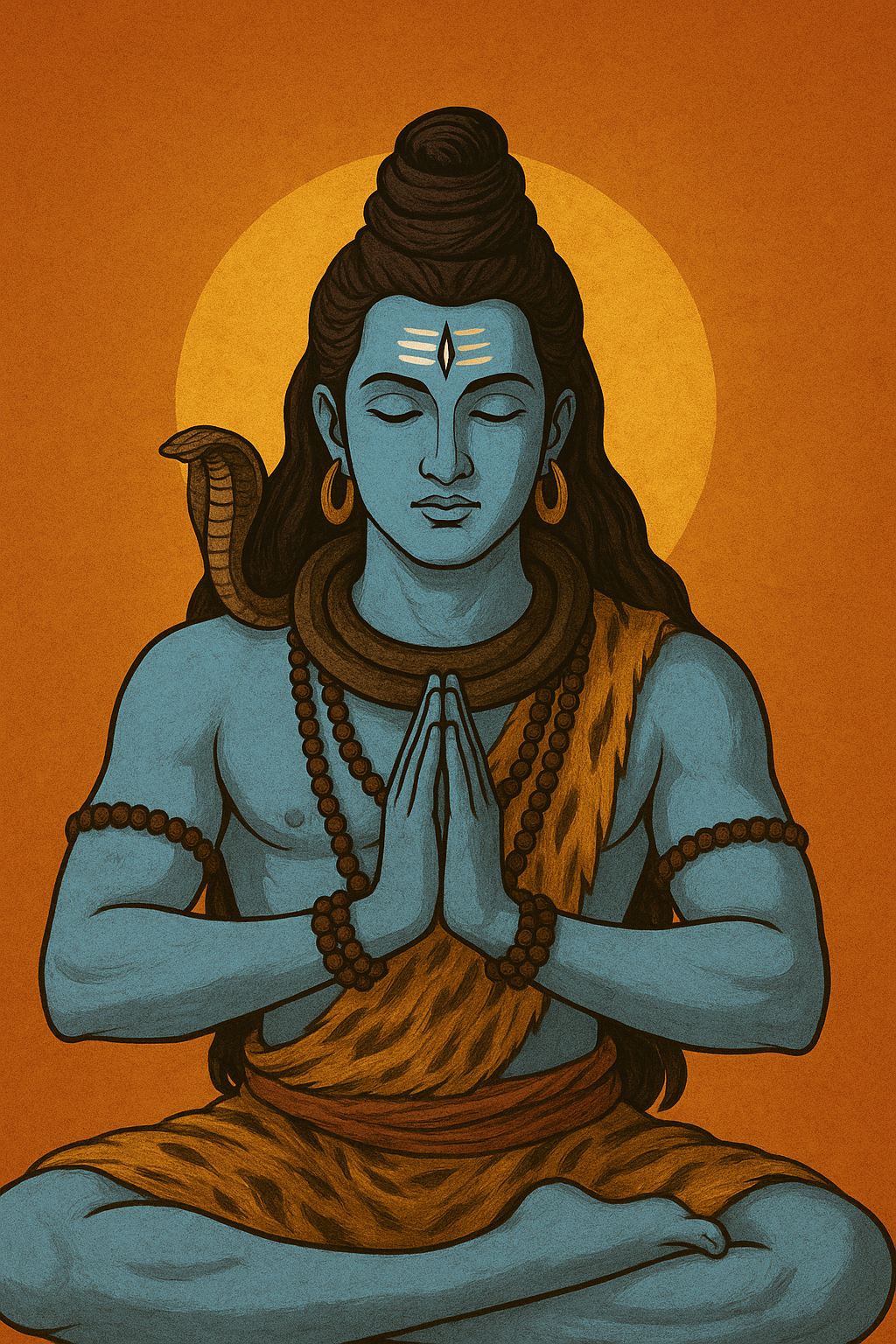
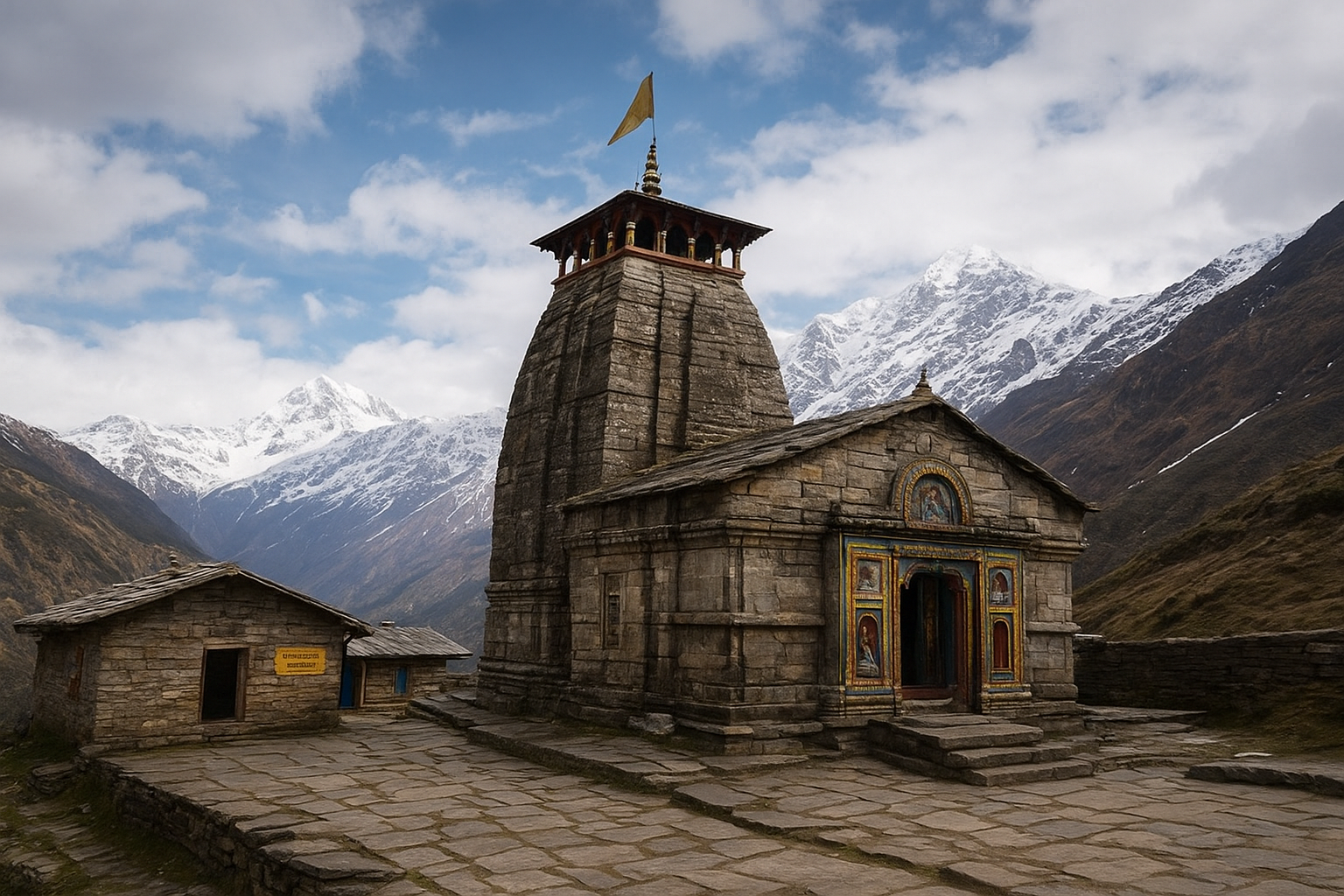
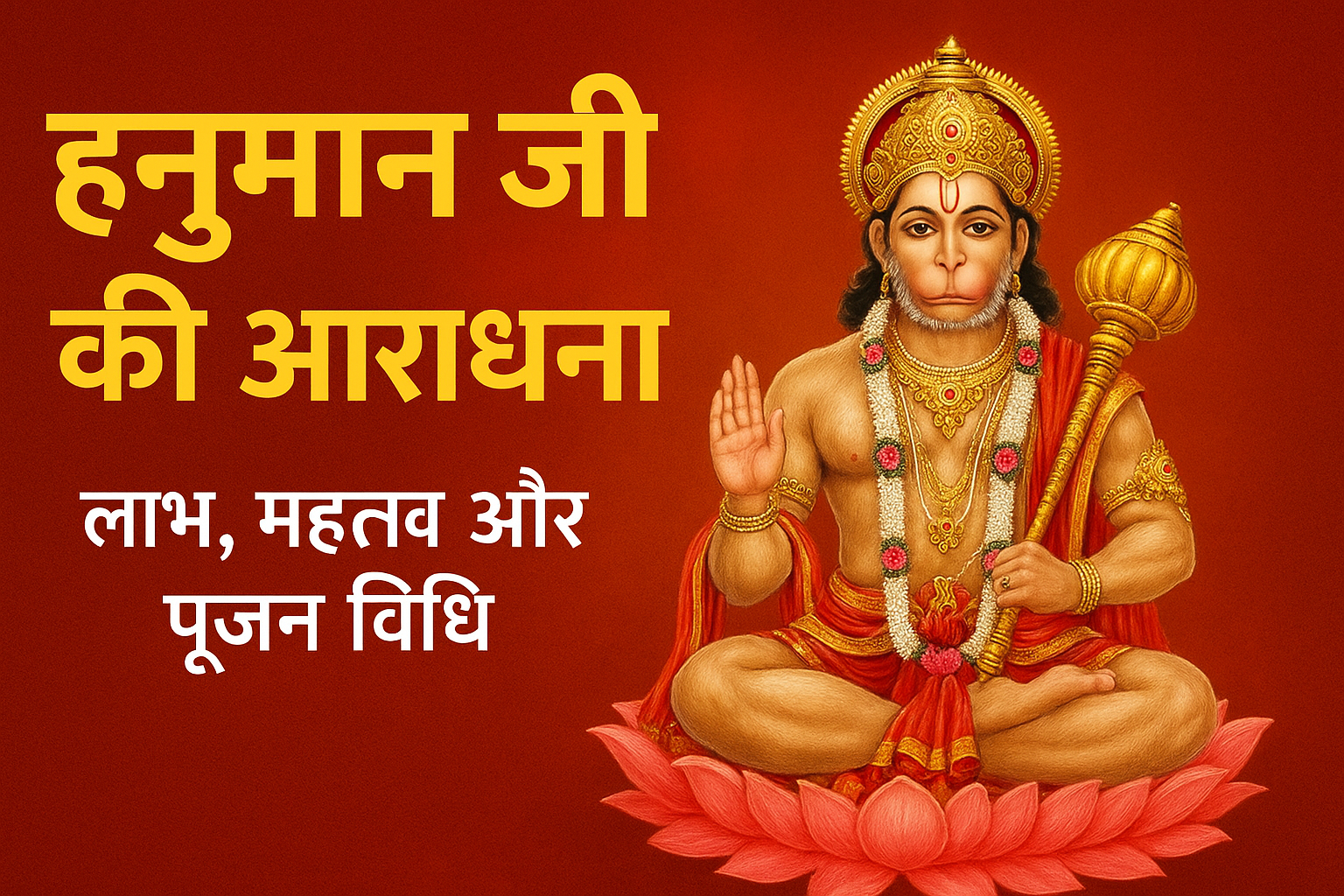
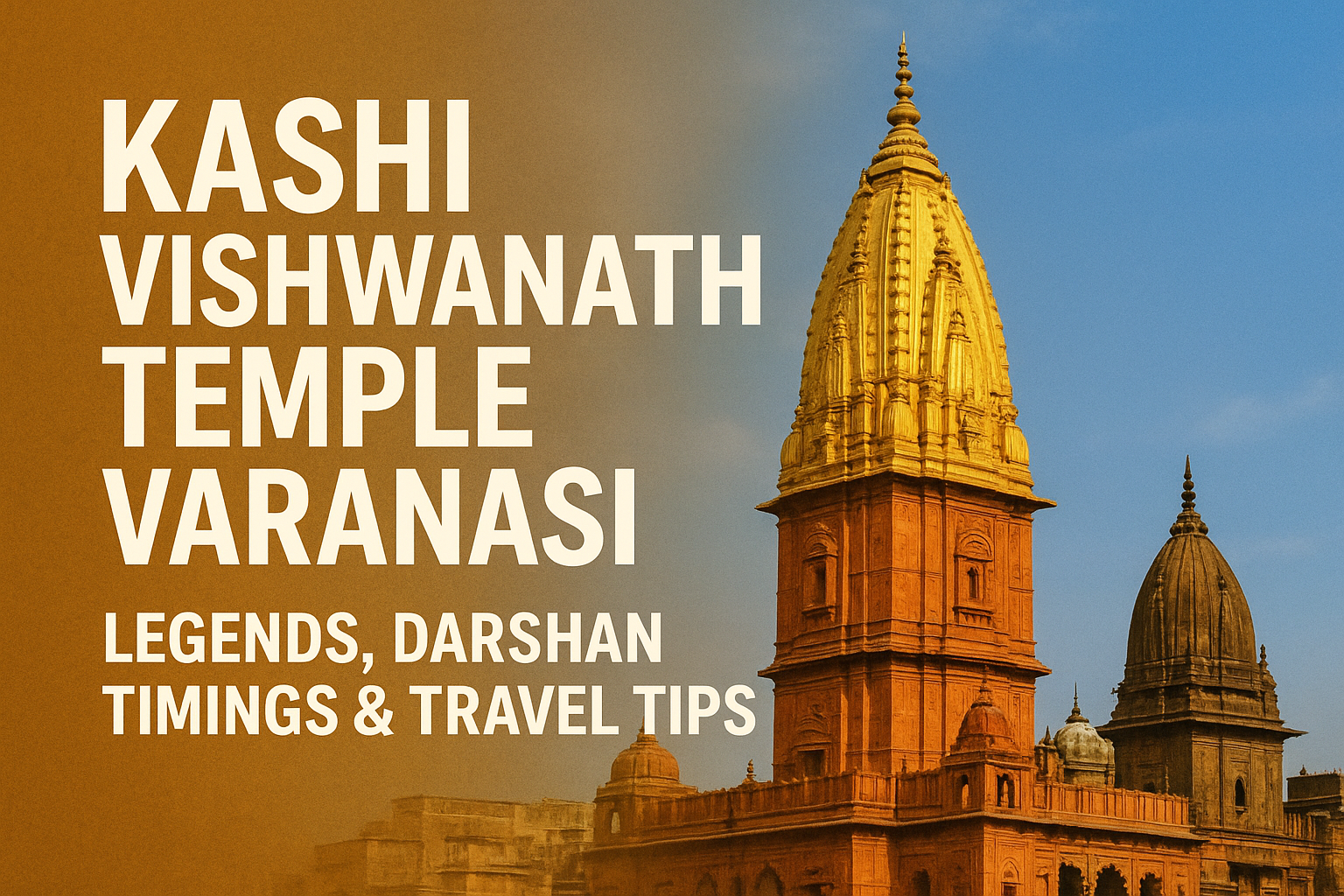
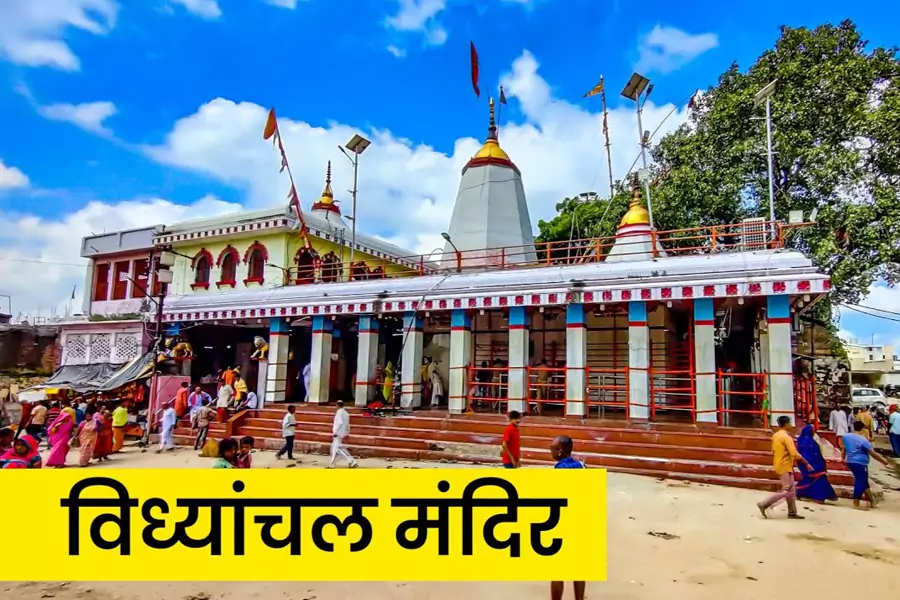

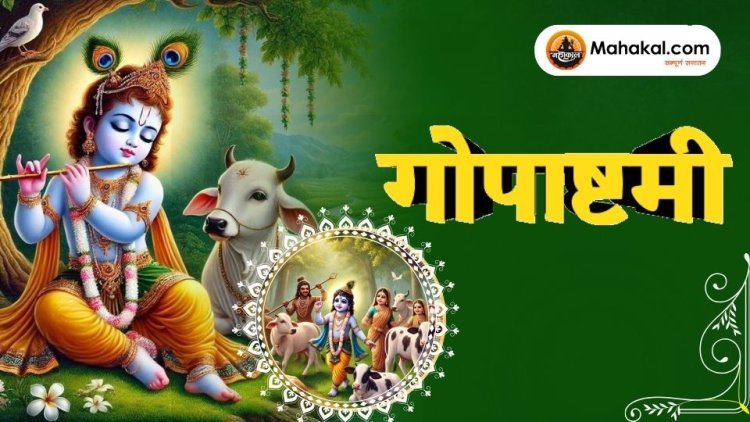
Leave a Reply